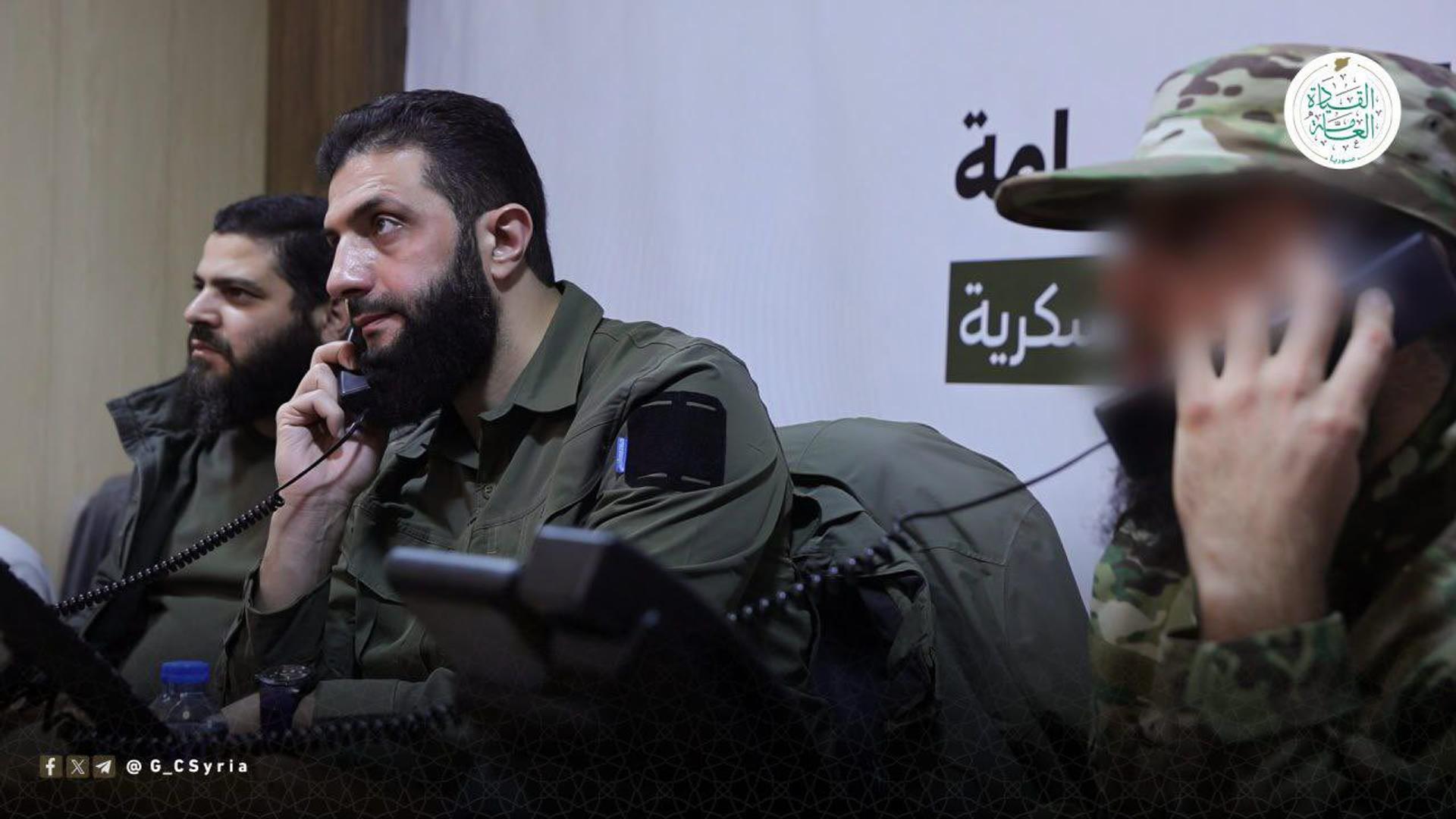The News
Syrian rebels — led by the Islamist militant group Hayat Tahrir al-Sham (HTS) — stormed western Aleppo Friday, in the most dramatic shift in the civil war in years.
The wealthier half of what was once the country’s largest city and economic center remained under Syrian government control for more than four years of battle last decade. The Syrian government’s swift collapse there comes as President Bashar al-Assad’s allies in Iran, Hezbollah, and Russia face challenges on multiple fronts.
The offensive began two days ago in neighboring Idlib and swept through villages and towns south and west of Aleppo. Government forces, including militants from Lebanon and Iraqi and Iranian commanders, appear to have dissipated, leaving behind tanks, ammunition, drones, and what seem to be anti-aircraft systems.
HTS leader Abu Mohammed al-Jolani — a US-designated terrorist and former head of Al Qaeda in Syria who broke ties with the group in 2017 — deployed forces equipped with night-vision scopes and suicide drones, according to Syria expert Charles Lister. Al-Jolani was shown in a video overseeing operations from a command center and released a message instructing fighters not to enter homes.
The speed of the advances came as a shock to Aleppo’s residents, and even the fighters “were astonished,” according to a reporter with a Syrian opposition channel that broadcast live from inside Aleppo late on Friday.

In this article:
Mohammed’s view
I grew up in Aleppo. I haven’t visited my childhood home in the western part of the city since 2011. When I reported from Aleppo’s rebel-held east between 2012 and 2014, the fighters I saw were disorganized and poorly equipped. It’s clear they are now better trained, well-armed, and coordinated — they even have drones — and the opposition has a sophisticated media strategy. (Al-Jolani’s instructions were released in Arabic and English, punctuated with an em-dash.)
People in Aleppo are scared. The relative calm since 2016 wasn’t easy — power cuts, hyperinflation, warlords to bribe — but it wasn’t war. Property values started ticking up. With a new army now sweeping in, the best hope is for rebels to show restraint and for the Syrian government, Russia, and Iran to avoid bombing the half of the city they haven’t already destroyed.
Watching videos of fighters and “citizen journalists/propagandists” brought back memories. I remembered being swarmed by children and teenagers during my time reporting. Syria was in a population boom then, and the government a few years earlier was urging people to have fewer kids. Are today’s fighters the children who fled barrel bombs, spent a decade in tents and cramped housing, and now return to reclaim their homes?
Then a video popped up in my feed, likely from the 2016 evacuation of Aleppo. A boy, not older than 12, said: “It’s true we are leaving Aleppo, but when we are bigger, we will come back and liberate it. God willing, me and my brothers will liberate it.”
The questions now are endless. Will Aleppo endure more destruction? Is this part of a larger shift, driven by weakened Iranian militias or Turkish ambitions to resettle Syrian refugees? What are Biden’s options, and Trump’s? Does it matter if Aleppo is ruled by Assad-Iran-Hezbollah-Russia or former Al Qaeda affiliates and Syrian rebels?
And for me, personally: Will my parents ever safely return to the home and lives they left behind?
Notable
- Al-Jolani told FRONTLINE correspondent Martin Smith in 2021 that he seeks a relationship with the West and is solely focused on ousting Assad.
- Charles Lister of the Middle East Institute offers news and analysis of the conflict in his Syria Weekly newsletter.
- For perspectives sympathetic to the Assad regime, Joshua Landis’ blog Syria Comment is a longstanding resource.
